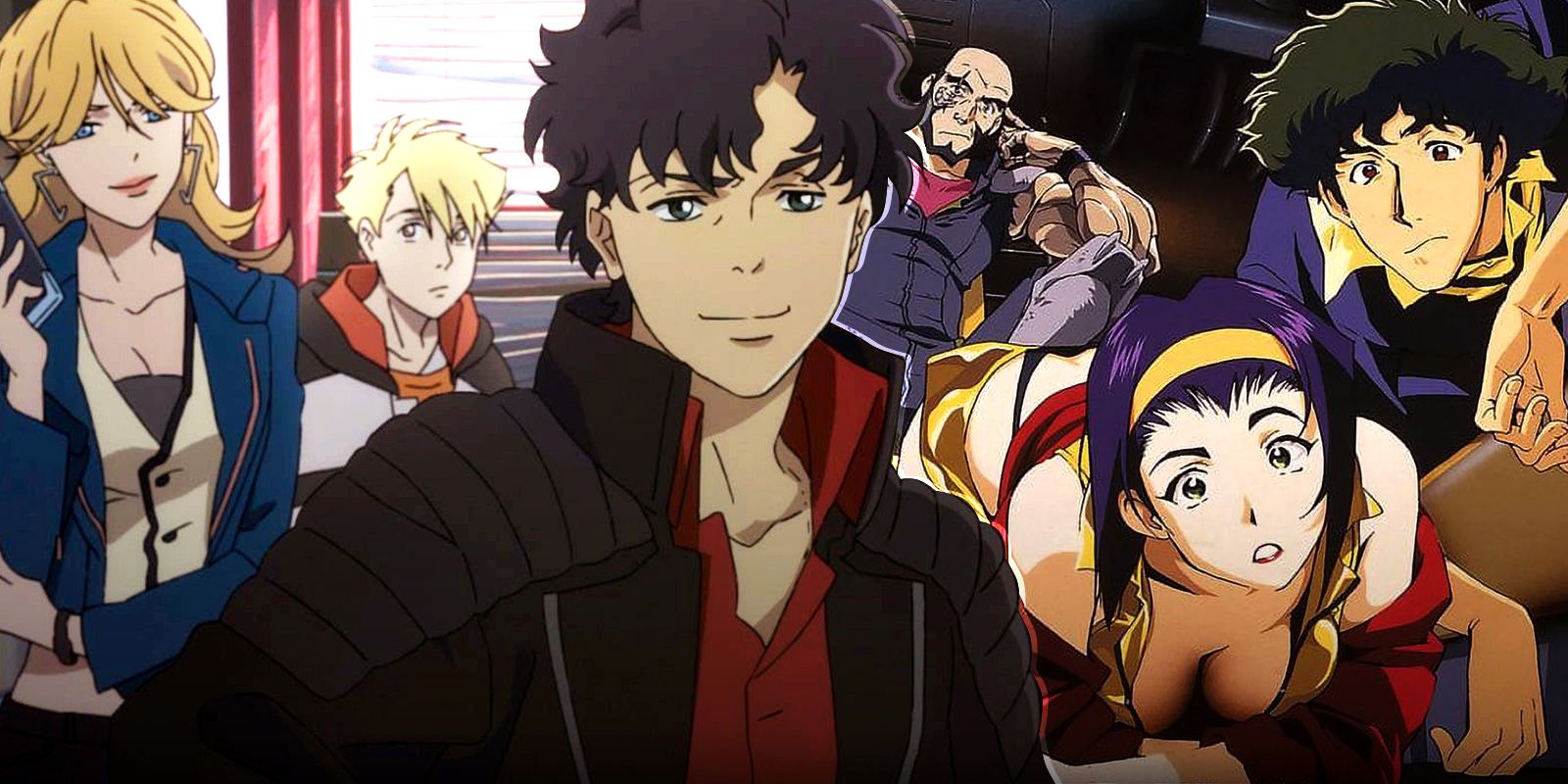
As a keen observer, I’ve noticed that both these anime series, under the masterful direction of Shinichirō Watanabe, seem to share more than just a director. Delving deeper, they are firmly rooted in the realm of science fiction and delve into the complexities of human nature, albeit from different perspectives. The anticipation among anime enthusiasts was high that Lazarus would be a natural successor to the legendary Cowboy Bebop. Regrettably, these superficial resemblances have set the stage for unrealistic expectations. Viewers often approach Lazarus, expecting another rendition of Cowboy Bebop. When the anime fails to resonate with that specific tone, it is often criticized as lacking substance and style. While this assessment might hold some truth, Lazarus certainly possesses its unique merits.
Lazarus doesn’t mimic the style of Cowboy Bebop; instead, it’s louder, faster, more chaotic, and riskier. Characters in Lazarus are immediately plunged into the flames without much respite. This urgency lends a unique emotional impact to certain scenes. Unlike Cowboy Bebop, which excels in understatement, Lazarus relies on tension and continuous progression. Although it may lack the cool, composed demeanor of its predecessor, it carries its own raw power. In significant aspects, Lazarus doesn’t just imitate but pushes the boundaries set by Cowboy Bebop, even outpacing it in certain areas.
Lazarus Elevates Action Scenes Into Something Balletic and Brutal
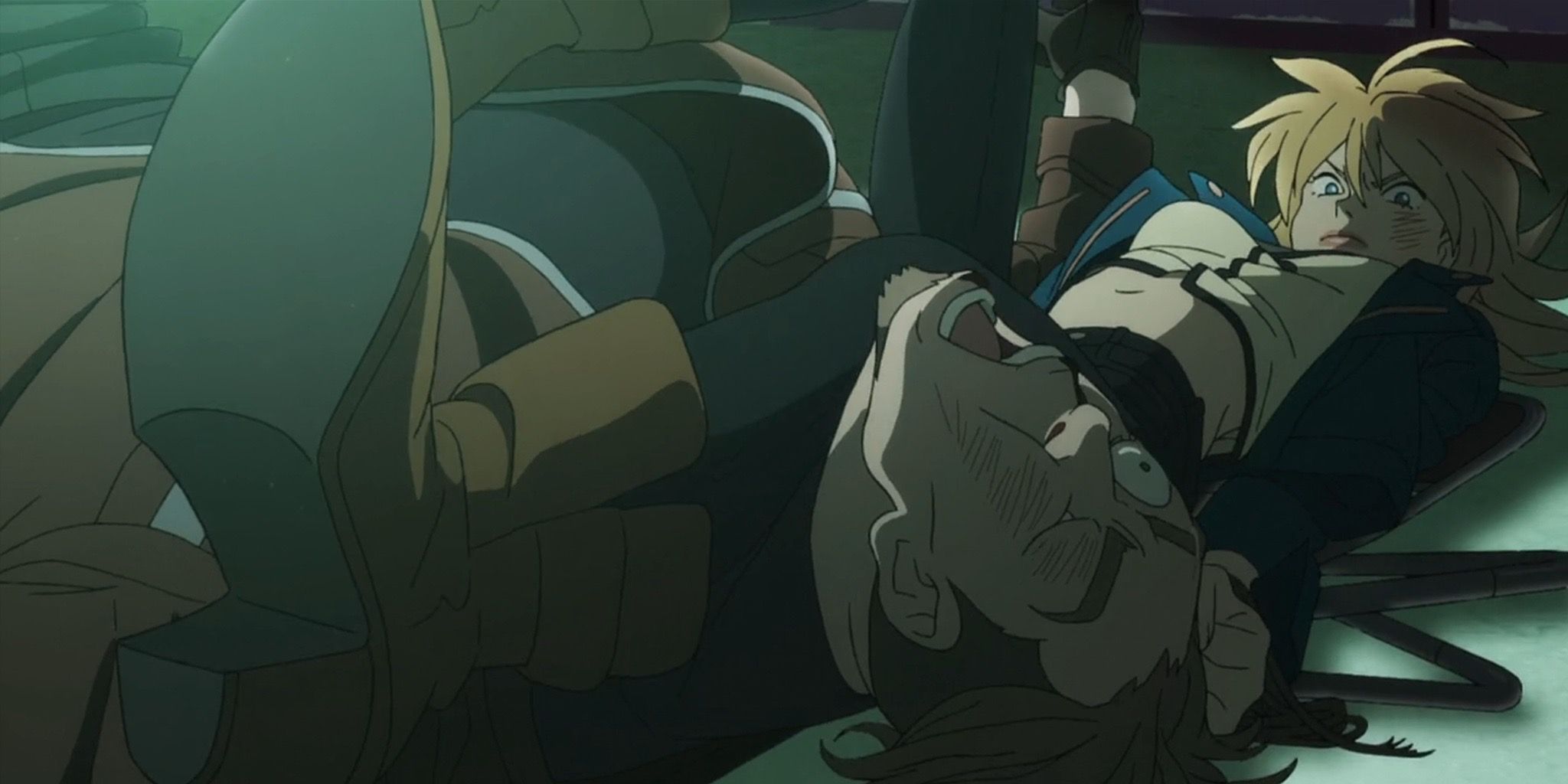

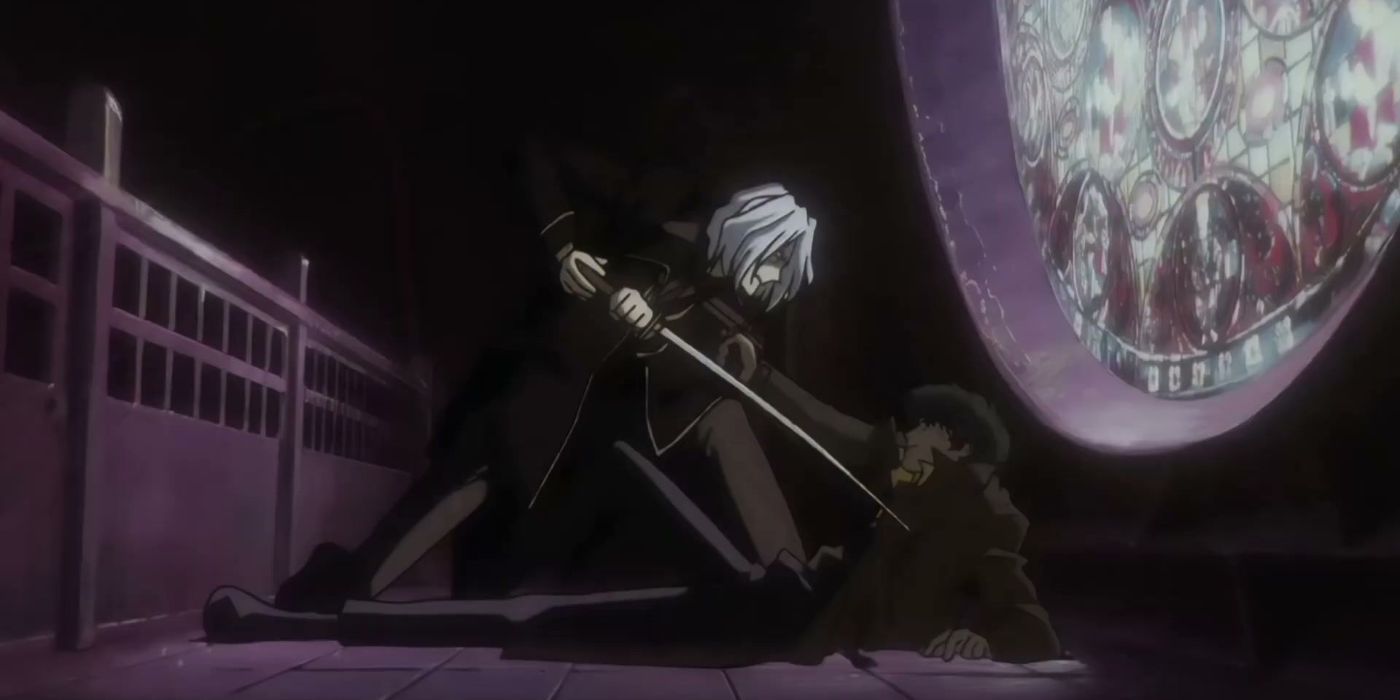
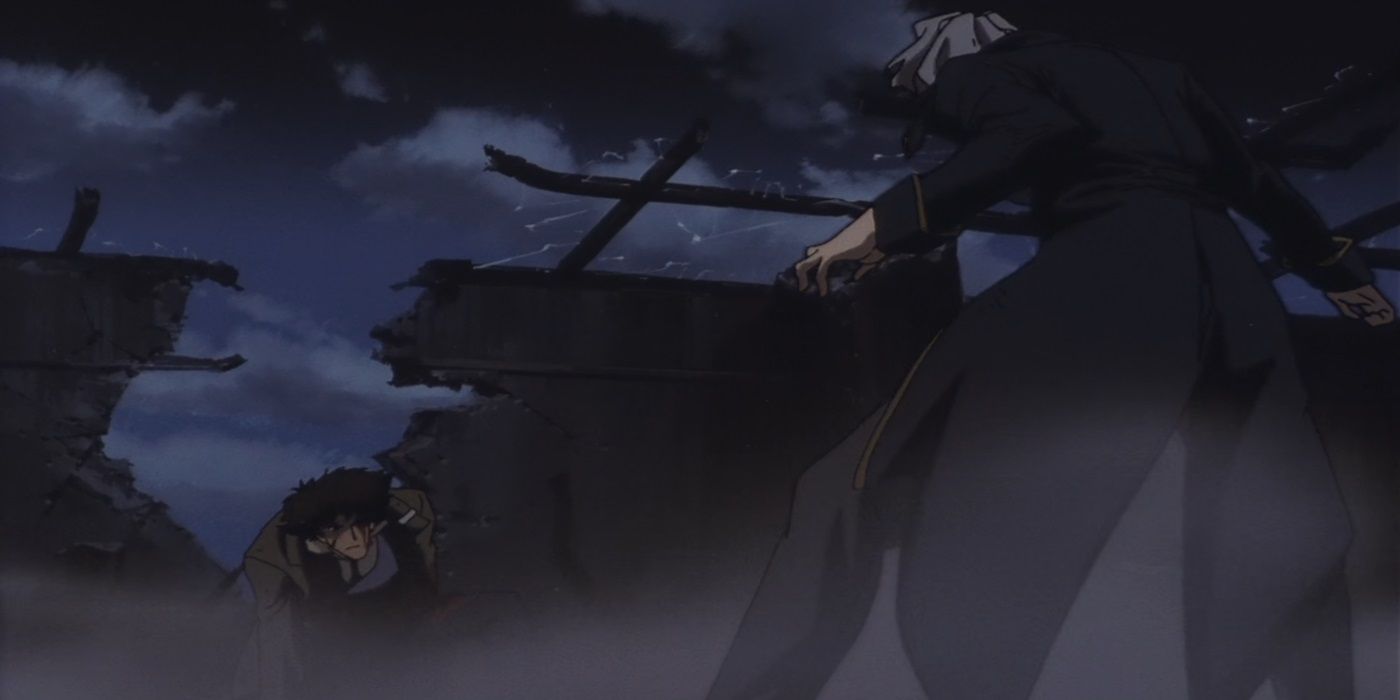
Cowboy Bebop was more about its storytelling than its combat scenes, which served as exciting additions rather than the main focus. In contrast, the action sequences in Lazarus are meticulously designed and choreographed, making them stand out as significant elements instead of mere embellishments. While Cowboy Bebop’s fight scenes were legendary, they were not given the same importance as in Lazarus. In Lazarus, each movement and strike is carefully calculated, creating a rhythm that carries weight and tension, without any unnecessary buildup or filler.
Viewers find themselves drawn to rewatch the intense, dance-like battles in Lazarus, even though they already know the outcome. The characters’ fights are so skillfully choreographed and captured through expert camerawork that they feel akin to live-action scenes. Unlike many traditional anime showdowns, these fights in Lazarus aren’t just visually appealing; they are emotionally engaging and rewatchable. In comparison, Cowboy Bebop never quite reached this level of dynamic combat, even at its most stylish. The creators of Lazarus clearly enlisted experts in their field, as evidenced by the high-quality animation that pushes the boundaries of what sci-fi action anime is capable of achieving.
Lazarus Moves Like There’s Something To Prove, and That Energy Carries Every Episode
In a relaxed and effortless manner, Cowboy Bebop is recognized for its unhurried tempo and leisurely progression, as the narrative meanders from one point to another, allowing for extended pauses and room for reflection. This slow-burning approach perfectly complemented the themes that Cowboy Bebop aimed to address, but such a pacing wouldn’t have resonated with Lazarus. If Lazarus had attempted to emulate this characteristic of Cowboy Bebop, it would have fallen flat. Instead, Lazarus eschews any pretense of calm and leisurely pacing. From its inception, the anime plunges viewers headlong into the action without preamble, and this speed feels calculated. The pacing of Lazarus is not merely swift for the sake of excitement; rather, it is taut, with scene upon scene building tension until a breaking point is reached.
Characters in Lazarus are frequently found amidst crises, swiftly adapting as events unfold. This immediacy gives the series a palpable heartbeat that seldom falters, even during its quieter moments. There’s always an undercurrent of tension suggesting impending danger. Unlike Cowboy Bebop, which preferred a self-contained rhythm, Lazarus thrives on continuity and escalation. The storyline doesn’t take breaks to restart; instead, it presses forward, making the stakes seem more tangible. Instead of aimlessly wandering, characters in Lazarus are seen resisting, reacting, and constantly fighting for survival. This persistent sense of motion gives Lazarus a sense of life that Cowboy Bebop never aimed to achieve. It’s not that Lazarus is superior because it moves faster; rather, its pacing skillfully reflects intense emotions.
Lazarus Builds a Team Whose Conflicts and Chemistry Drive the Story With More Weight
The crew in “Cowboy Bebop” is undeniably iconic, with each member – Spike, Jet, Faye, and Ed – contributing uniquely. However, the team aboard the Bebop often functioned independently, appearing and disappearing as they wished. Their relationships seemed more about coincidence than emotional connection, similar to passengers sharing a temporary flight. This detachment was deliberate, reflecting the show’s brooding atmosphere, but it also meant that viewers seldom witnessed these characters encouraging each other’s growth. On the other hand, “Lazarus” adopts a contrasting strategy. From the outset, they are under intense pressure and must rely on each other due to their shared mission. This forces them to work closely together, fostering a dynamic where character development is more evident.
Viewers experience a palpable tension in the interactions, decisions, and moments of quiet reflection among the characters. Each character dynamic seems genuine and immediate. This intimacy generates momentum. Even when characters argue, their shared objective keeps them intertwined. The manner in which Lazarus employs its extensive cast elevates character drama to a significant narrative force. The emotional impact is more profound because the anime commits to making those relationships meaningful. Witnessing the characters grow throughout missions and observing how their connections and allegiances shift provides an additional depth to the series. These aren’t merely intriguing personalities; they are individuals striving to survive and retain their humanity together, which gives weight to every moment they share.
The Threat in Lazarus Is Immediate, Personal and Impossible To Ignore
In Cowboy Bebop, the focus wasn’t primarily on prolonged encounters with villains. Instead, most enemies were briefly encountered, each with a philosophical twist. The series was more about individuals dealing with their personal tragedies, rather than grand battles. This narrative approach sometimes made the central menace seem less urgent or immediate. In contrast, Lazarus emphasizes tangible and powerful adversaries. It doesn’t just hint at a dangerous threat; it presents one that is palpably present and potent.
In every episode of Lazarus, I’m thrown headfirst into a whirlwind of chaos and corruption that these villains bring. They’re not just looming in the distance, they’re right there, inches away, building tension with each passing moment. The sense of pressure is palpable, it permeates everything. When a villain appears on screen, it feels like the ground has given way beneath me. The stakes are high because the damage these villains inflict is real and often irreversible. No one’s safe, and that unpredictability keeps me on the edge of my seat. Unlike Cowboy Bebop, which used its villains to explore internal conflict, Lazarus uses them to amplify real-world consequences. This makes the world feel less like a work of art and more like a countdown to disaster. The fear is raw, and the danger always feels imminent.
Lazarus Takes Stylistic Risks That Make Every Frame Feel Volatile and Alive
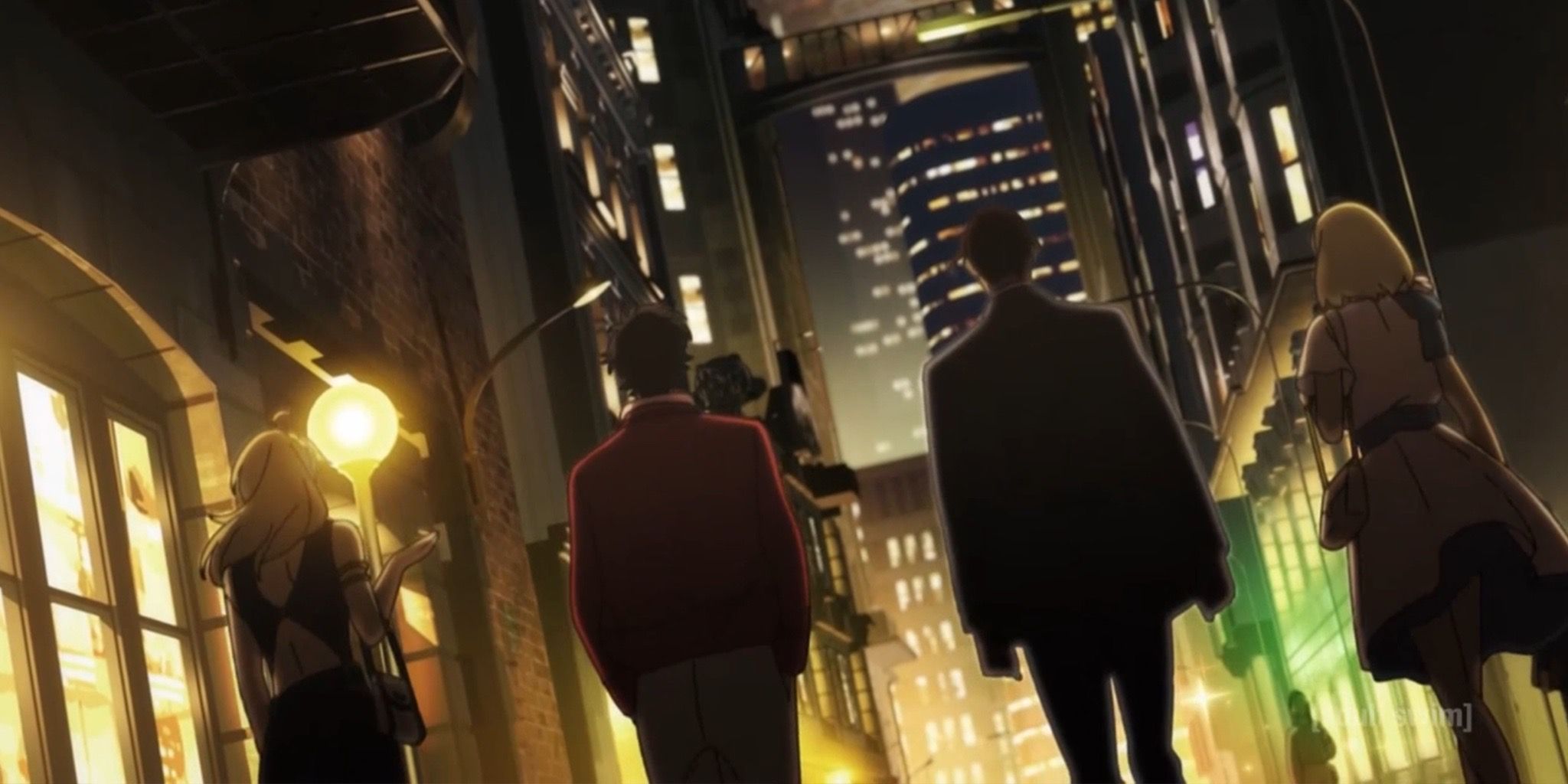
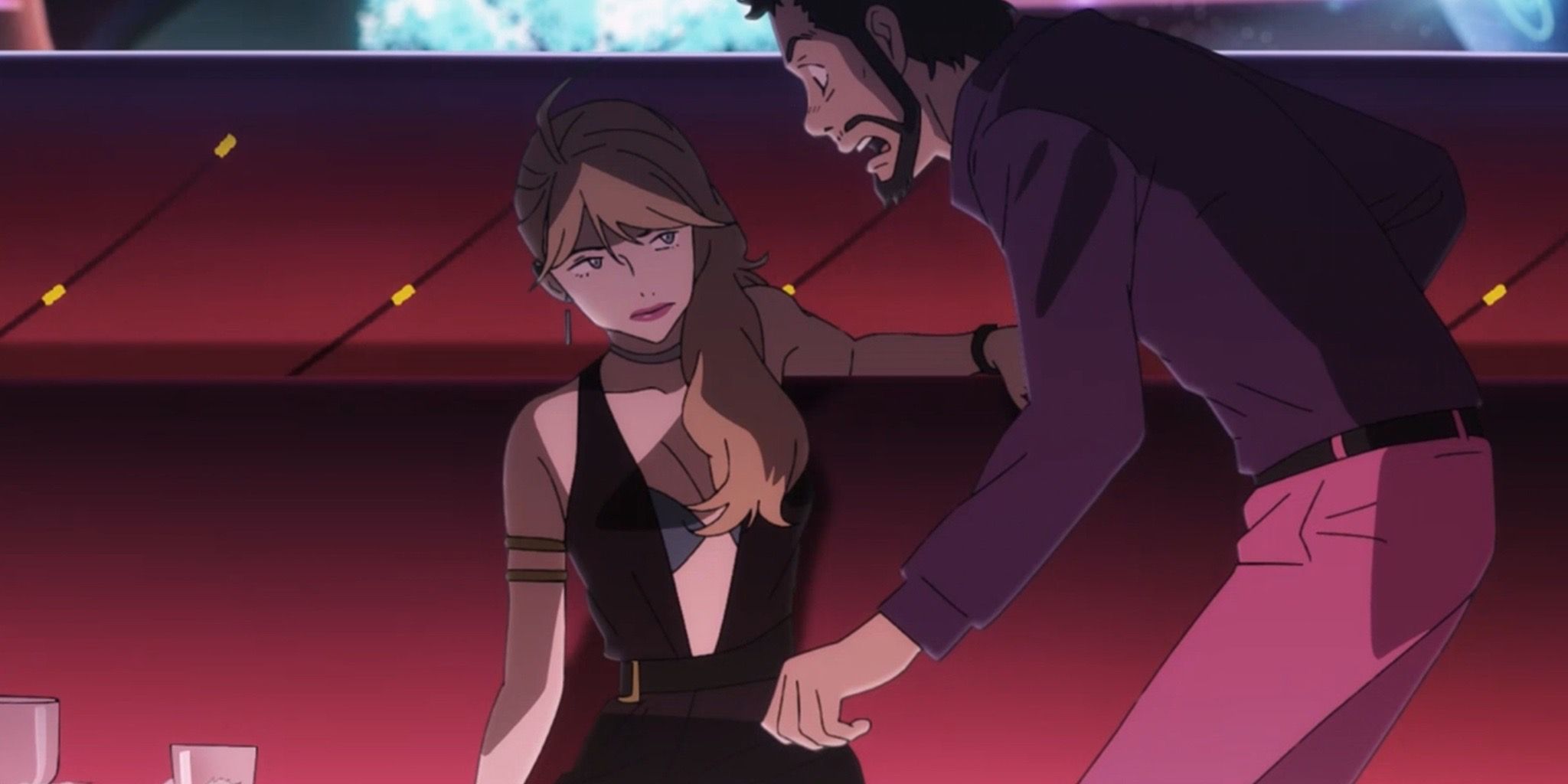
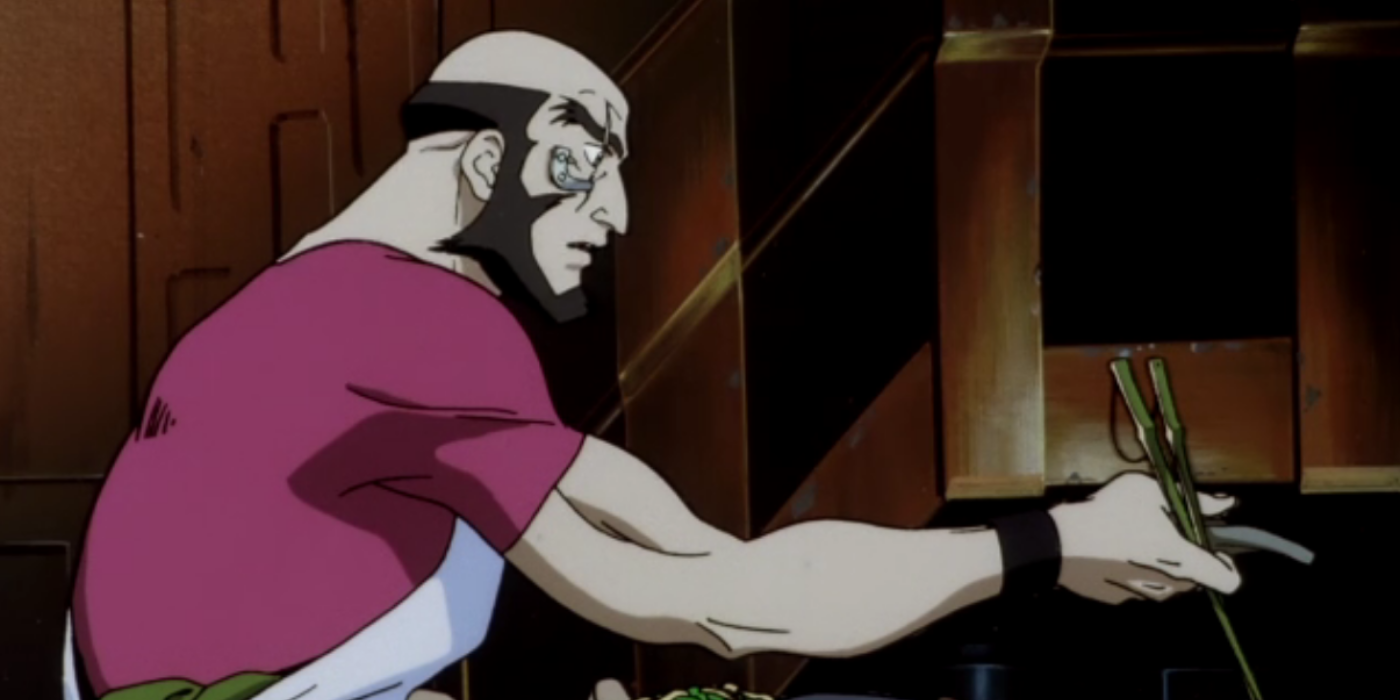
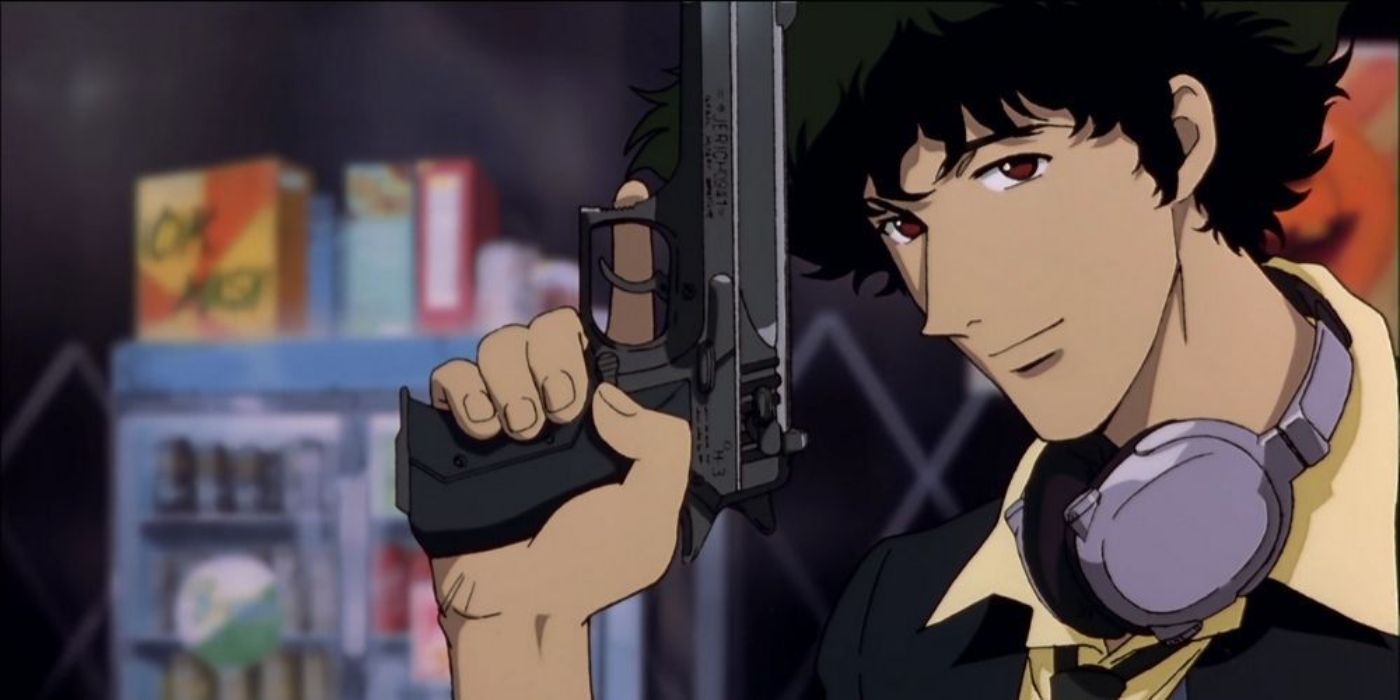
In a more casual and engaging manner, here’s how I’d rephrase your text:
“Cowboy Bebop stands out with its iconic look. From its gritty noir atmosphere to its subdued color schemes, it has left an indelible mark on anime for years. Cowboy Bebop generally sticks to this style but in a way that’s more reminiscent of classic cinema rather than breaking new ground. The shots are smooth and polished, but they rarely take risks or get too wild. This can feel a bit tame to some viewers. Lazarus, however, doesn’t play by the rules. Its visual style is all about chaos and intensity, with its camera work constantly shifting, using dynamic angles, dramatic lighting, and sudden edits to keep viewers on their toes.
Occasionally, the animation in this show can create a sensation as if the screen could shatter from the intensity. The color scheme is bold and erratic, while the motion is unpredictable. Instead of striving for a refined finish, it aims to make an impact. This style may be disconcerting to some, but that’s one of the reasons why Lazarus stands out. The anime depicts a world falling apart, and the animation mirrors that turmoil. When characters are distressed or confused, the direction echoes their emotions. Few anime dare to take this visual risk, especially those with as much hype. While Cowboy Bebop mastered its aesthetic, Lazarus uses its visuals to amplify every emotional and physical moment. It’s not concerned with looking attractive. Instead, it aims to evoke feelings in viewers, and more often than not, it succeeds.
Read More
- Clash Royale Best Boss Bandit Champion decks
- Brawl Stars December 2025 Brawl Talk: Two New Brawlers, Buffie, Vault, New Skins, Game Modes, and more
- Best Hero Card Decks in Clash Royale
- Clash Royale December 2025: Events, Challenges, Tournaments, and Rewards
- Call of Duty Mobile: DMZ Recon Guide: Overview, How to Play, Progression, and more
- Best Arena 9 Decks in Clast Royale
- Clash Royale Witch Evolution best decks guide
- Clash Royale Best Arena 14 Decks
- Brawl Stars December 2025 Brawl Talk: Two New Brawlers, Buffie, Vault, New Skins, Game Modes, and more
- All Boss Weaknesses in Elden Ring Nightreign
2025-05-29 01:26